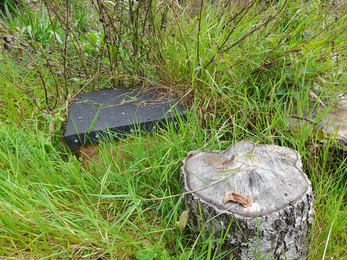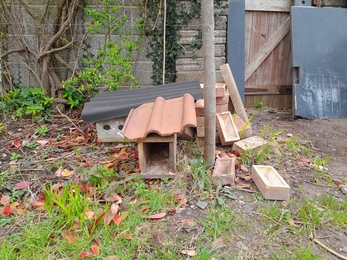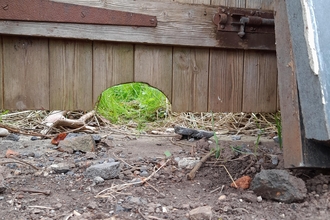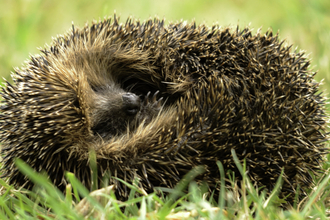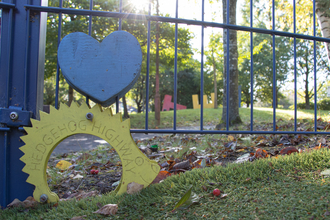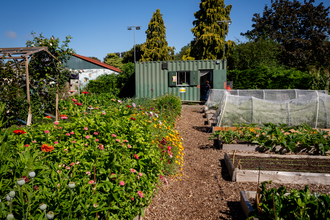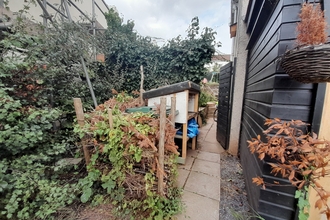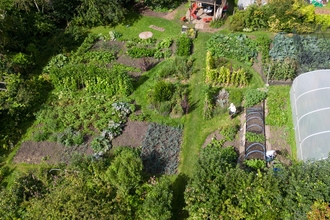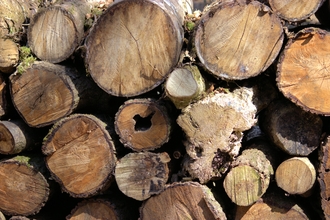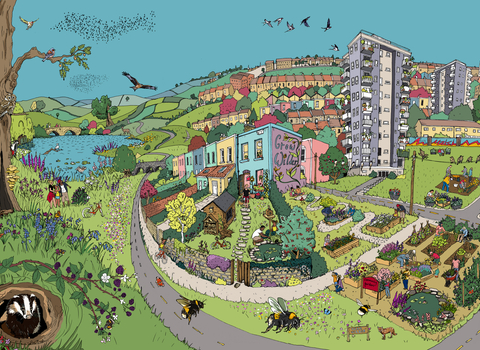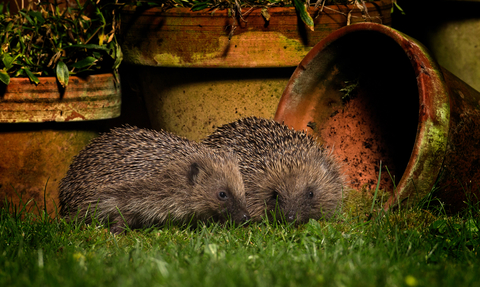
© Jon Hawkins Surrey Hills Photography
Help out hibernators at home
Help vulnerable hibernators at home and in the community this winter
Shorter, colder days are a cue for hibernating animals to nestle down for their extended winter snooze after a busy autumn building up their fat reserves. Dormice, hedgehogs and bats are the UK's true hibernators, but a whole host of wonderful wildlife from frogs to bumblebees to overwintering butterflies rely on different forms of rest to get them through the winter.
Want to take action for your snoozing wild neighbours? Check out our advice and resources below on what you can do to help out hibernators at home this winter and beyond.
Become a hibernator hero this winter
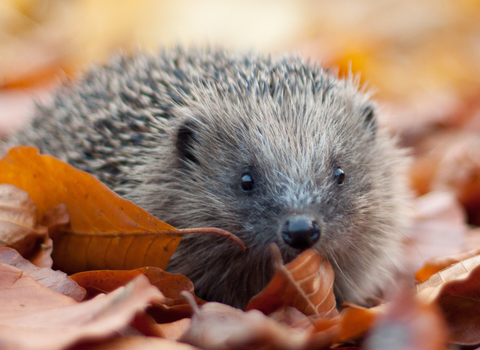
WildNet - Tom Marshall
1. Build a hedgehog home
Up for some wild DIY this winter?
Hedgehogs need homes just like humans, so making one for them is a great way to encourage them into your garden. By building a hedgehog home, you could create a safe space for your prickly neighbours to hibernate over winter.
Follow the link below to find out all you'll need to provide the hedgehogs on your patch with the shelter they need to survive through to spring.
If you want to go further to help out your local hogs, why not create a hedgehog hole? Hedgehogs may sleep their way through the winter, but allowing these endearing creatures to move between gardens ensures their survival all year round. Hedges allow movement and fences can be adapted by either cutting a 13cm x 13cm square hole or digging a hole under the fence. If your neighbours do the same, then a hedgehog highway is created.
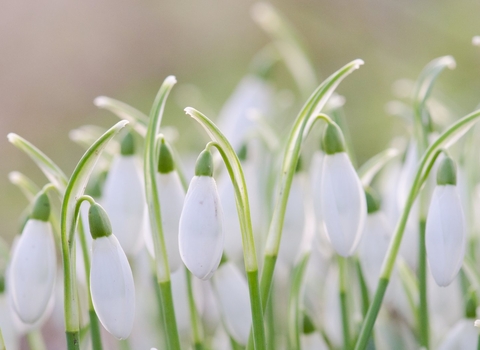
Snowdrops, afternoon, Cumbernauld Glen, 22.01.2012, overcast - Katrina Martin / 2020VISION
2. Get planting!
Planting night-scented plants in autumn or spring is a great way to attract moths, and therefore bats to forage after they have emerged from their long hibernation. Examples include evening primrose, honeysuckle and common jasmine. It is also worth considering caterpillars of moths as well, who love to feed on plants such as common hawthorn, ivy and fuchsia and overwinter in dead plant matter.
Overwintering pollinators will also wake through their hibernation on sunny days, so why not plant some winter flowers such as Hellebore, Erica, Mahonia and snowdrops on your patch to sustain them through to spring?
Follow the link below to find out how you can make your patch into a haven for night-time flyers.
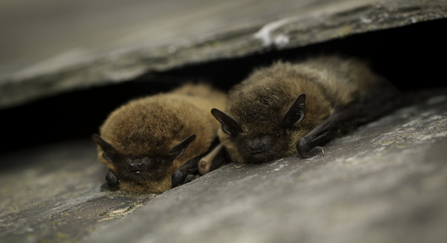
Common pipistrelle bats (c) Tom Marshall
If you want to do even more to help out your local bats, planting a hedgerow this winter could create a valuable commuting corridor once they become active in summer.
You could also put up a bat box on the southern or eastern elevation of a house or tree, offering the bats on your local patch a safe place to nestle down for their extended winter snooze.
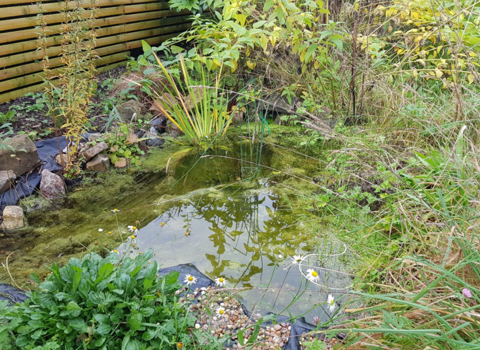
Tussocky grass next to pond at Jack Hazeldine Foundation (JHF) Orchard Outdoor Learning Centre in Clevedon (c) Esther Frizell-Armitage
3. Create shelter for frogs, newts and toads
Amphibians will be looking for damp, sheltered habitats to hibernate through the winter. Examples include tussocky grass, compost heaps, hedgerows, scrub, and log piles. Old terracotta plant pots, even if broken, are also useful for frogs to shelter in when dug into the ground and do not cost much.
Frogs sometimes like to hibernate at the bottom of ponds. If you have a pond in your garden, make sure there are holes in the ice and that your pond plants are getting enough light.
Follow the link below to learn more about how to create and maintain a pond for the benefit of wildlife on your patch.
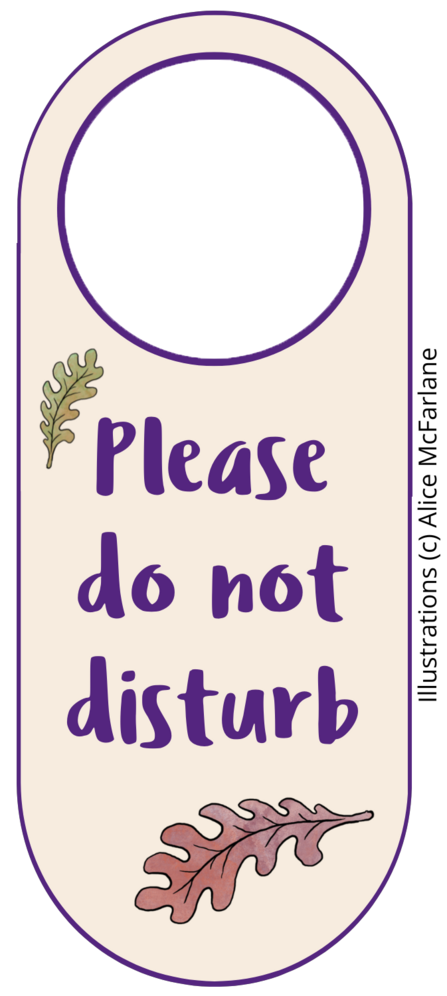
Ssh, don't wake us up...
Sleeping away the winter may seem like a dream solution to cope with the cold, but hibernation - along with other forms of rest some of our wonderful wildlife relies upon to get them through this challenging time - can leave animals extremely vulnerable. Follow these simple steps below to help the hibernators on your patch survive through to spring:
- Don't disturb hedgehog hibernation habitats: this can be piles of leaves, dead wood piles, in compost heaps and under sheds/pots/decking. If you accidentally disturb one - cover it back up straight away or take the hedgehog to a hedgehog rescue if injured.
- Don't disturb a bat's hibernation roost. Bats will sometimes hibernate in the eaves of buildings. If bats are roosting on your property, take care not to disturb them.
- Don’t clear tussocky vegetation, scrub or hibernacula without checking for amphibians. The best time to clear your pond is in autumn and winter, when it’s best to leave the cleared materials for a few days allowing wildlife to move somewhere new.
- Try not to move or tidy up leaves or deadwood as these are being used by insects and make fantastic habitats.
- Do not disturb the hibernation features during the winter for reptiles. These include hibernaculas in the community or at home, rockeries, log piles, compost heaps and tussocky grass.
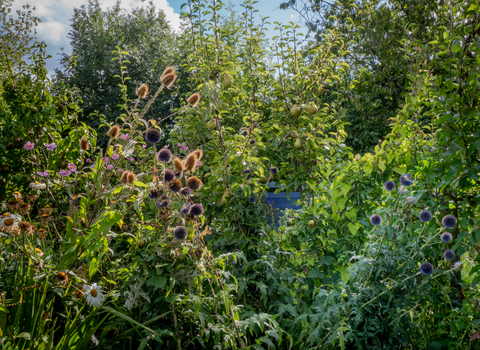
Bath Organic Group (c) Stephani
4. Don't tidy up
Leave an untidy part of your garden to benefit ladybirds and other hibernating insects. Leaves and deadwood piles or bug hotels provide important, natural habitats. Working with nature allows the ecosystem to work. Allow some parts of your grass to grow long, such as along the borders.
Bath Organic Group leave many parts of their garden unattended to support insects and benefit wildlife, therefore improving their food growing. They allow the grass to grow in their orchard and scythe once per year. The untidy parts can be just as beautiful as the rest of the garden, looking natural and allowing nature to be itself.
Find out how you can do your bit for wildlife at home through natural solutions and sustainable practices.
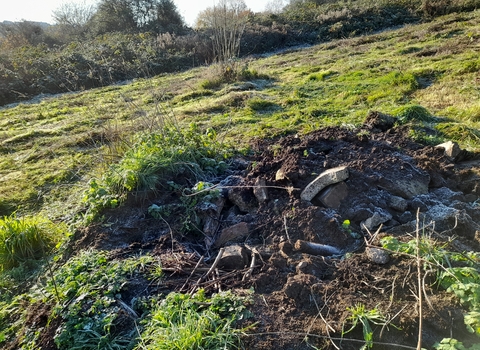
Sophie Bancroft
5. Build a hibernaculum
Support slow worms and other reptiles by building a hibernaculum or other suitable habitat features at home in your garden or in community spaces. Suitable features include compost heaps, rockeries, log piles and tussocky grass. Ideally build them in areas that receive some sun in spring and are left undisturbed throughout the winter.
Manor Woods Valley local nature reserve have carried out many surveys on the site and found that many slow worms were present on site. To support slow worms, other reptiles and invertebrates, volunteers built a hibernaculum in the rough grassland where they thrive, creating more habitat.
Follow the link below to find out all you need to build your hibernaculum this winter.
Put your action on the map
We'd love to hear what you're doing to help out hibernators at home this winter.
Making small changes to your everyday life can make a huge difference to you and local wildlife. By making changes to our gardens, patios and window boxes, we're making a big difference collectively. This map shows the collective effort of Team Wilder so far. Share what you have done to inspire others.
This includes making a chemical free pledge.
You can also click on the map icons below to see what other people have been doing.

